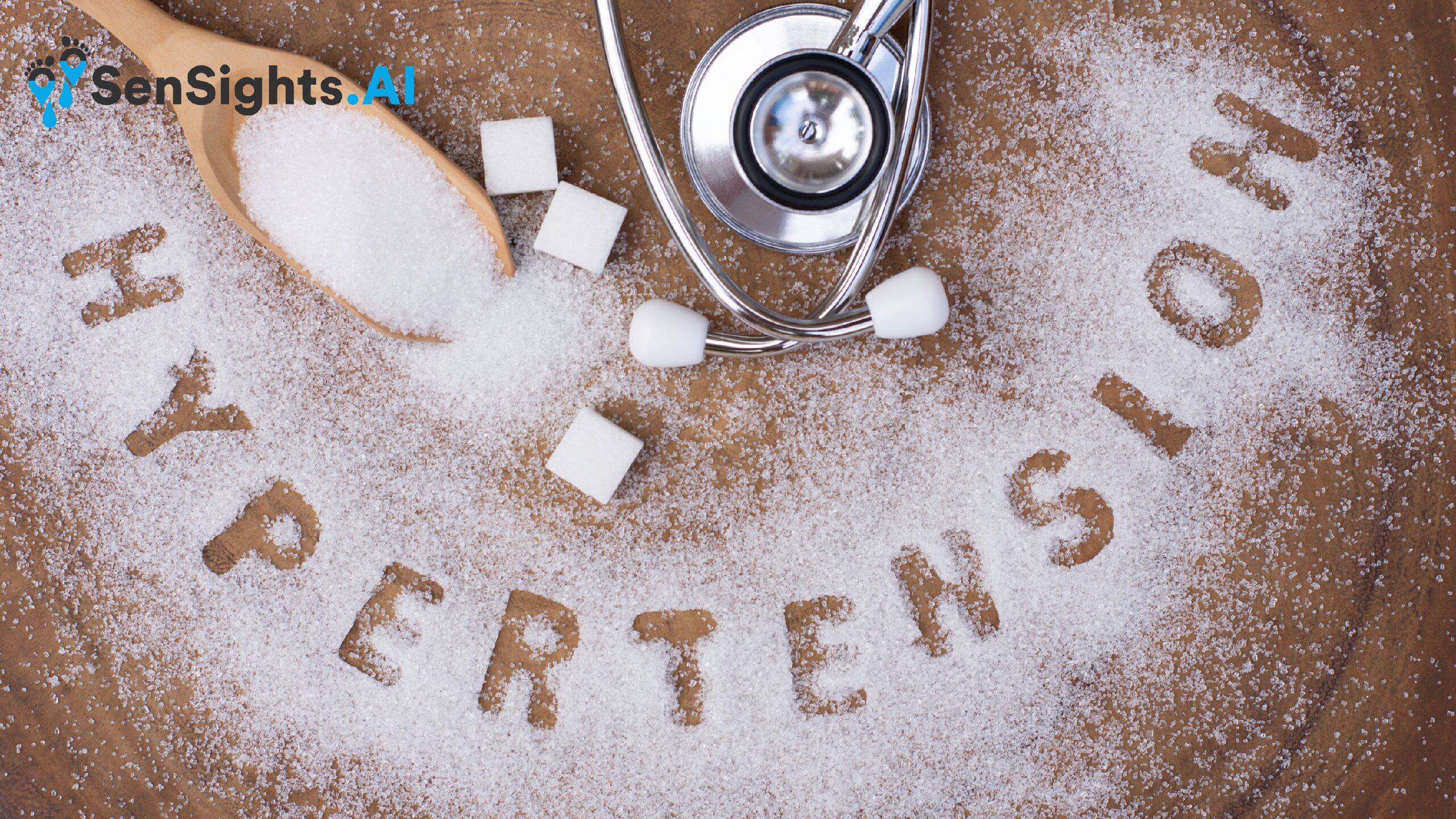Image Creditor: Canva
Salt, a common ingredient found in almost every kitchen, has been a staple of our diets for centuries. However, the excessive consumption of sodium, the primary component of salt, has become a cause for concern, especially when it comes to hypertension. Hypertension, or high blood pressure, affects millions of people worldwide and is a leading risk factor for cardiovascular diseases. In this blog, we will delve into the relationship between sodium and hypertension, understand the impact of excessive salt intake on our health, and explore strategies for navigating the “salt shakedown” to promote a heart-healthy lifestyle.
The Sodium-Hypertension Connection:
Sodium plays a crucial role in maintaining fluid balance in our bodies. However, when consumed in excess, sodium can disrupt this balance and contribute to high blood pressure. High sodium intake leads to an increase in the volume of blood in the bloodstream, which in turn raises the pressure on the artery walls. Over time, this sustained increase in blood pressure can damage blood vessels, strain the heart, and increase the risk of heart disease, stroke, and other cardiovascular complications.
The Hidden Sodium Culprits:
While it’s easy to pinpoint the salt shaker as the main source of sodium, it’s important to recognize that it’s not the only culprit. Many processed and packaged foods, such as canned soups, deli meats, fast food, and snacks, contain high amounts of hidden sodium. These hidden sodium sources make it challenging to control sodium intake, as they contribute significantly to our daily consumption without us even realizing it. It is crucial to read food labels, choose low-sodium options, and opt for fresh, whole foods whenever possible.
Reducing Sodium Intake:
Reducing sodium intake is key to managing hypertension and promoting heart health. Here are some strategies to navigate the salt shakedown and reduce sodium consumption:
a. Read Labels: Pay attention to food labels and choose products with lower sodium content. Look for terms like “low-sodium,” “reduced sodium,” or “no added salt.”
b. Cook from Scratch: By preparing meals at home using fresh ingredients, you have better control over the amount of sodium added to your dishes.
c. Use Herbs and Spices: Experiment with herbs, spices, and flavor-enhancing ingredients like lemon juice or vinegar to add flavor to your meals without relying on salt.
d. Limit Processed Foods: Minimize your consumption of processed foods, as they are typically high in sodium. Opt for whole, unprocessed foods instead.
e. Be Mindful Eating Out: When dining out, choose restaurants that offer low-sodium options or ask for your meal to be prepared with less salt. You can also request dressings and sauces on the side to control your sodium intake.
The DASH Diet:
The Dietary Approaches to Stop Hypertension (DASH) diet is an eating plan specifically designed to lower blood pressure. It emphasizes fruits, vegetables, whole grains, lean proteins, and low-fat dairy products while limiting sodium, saturated fats, and added sugars. Following the DASH diet can significantly reduce sodium intake and promote overall heart health.
Consult with a Healthcare Professional:
If you have hypertension or concerns about your sodium intake, it’s essential to consult with a healthcare professional. They can provide personalized guidance, monitor your blood pressure, and help you create a plan to reduce sodium consumption while maintaining a balanced diet.
Conclusion:
Navigating the salt shakedown and managing sodium intake is crucial for maintaining healthy blood pressure levels and reducing the risk of cardiovascular diseases. By being aware of hidden sodium sources, reading food labels, cooking from scratch, and adopting a heart-healthy eating plan like the DASH diet, we can take control of our sodium consumption and promote long-term well-being. Remember, small changes in our daily habits can make a big difference in our heart health.
SenSights is a Remote Patient Monitoring and Ageing Solution that aids seniors and healthcare facilities that work with elders who have chronic disorders such as dementia, Alzheimer’s, high blood pressure, falls, COPD, long COVID, and others.
The solution assists at-risk providers, skilled nursing facilities, long-term living communities, home health care providers, and other senior care entities in increasing their capacity by supplementing physical visits with virtual care, preventing wandering and fall episodes, and providing proactive monitoring, risk profiles, and smart alerts via our SenSights Care app.
Clear MD is one of our innovative technologies that helps doctors and patients by summarizing conversations and giving thorough notes and reports. This saves doctors time and effort, allowing them to free up resources and provide a greater level of treatment.
Contact us HERE to learn more about SenSight.Ai and Clear MD!

